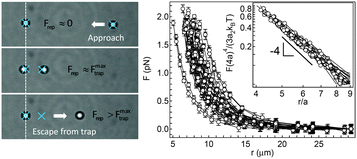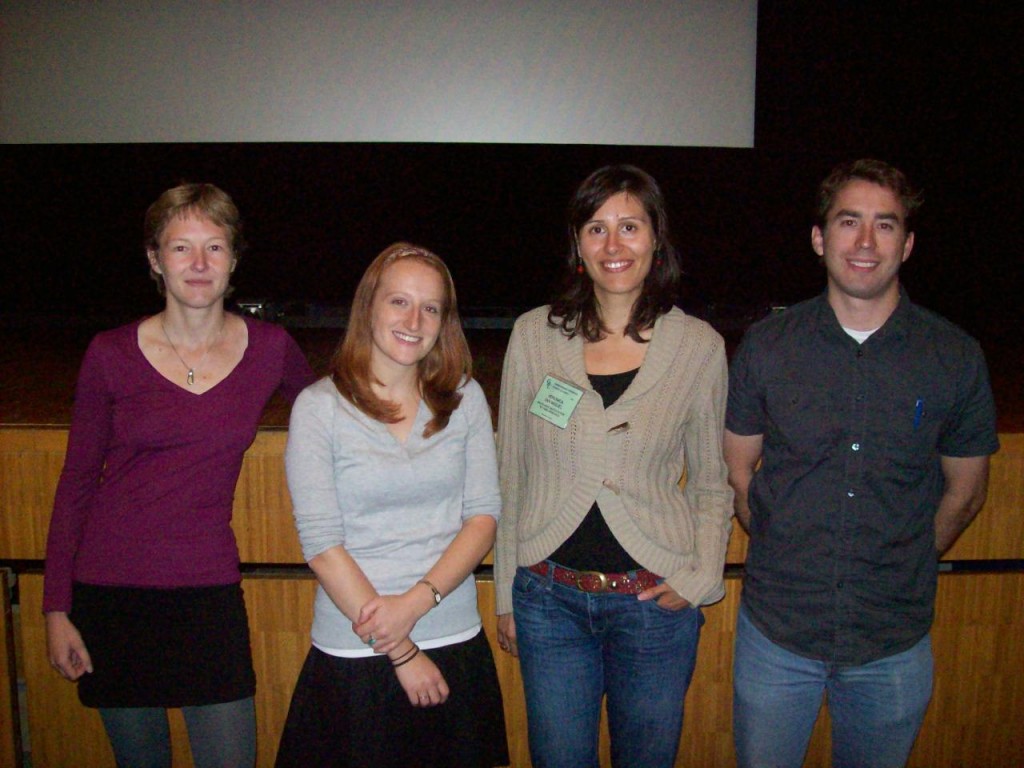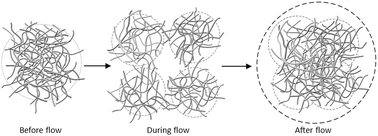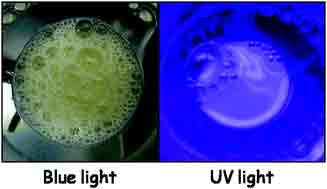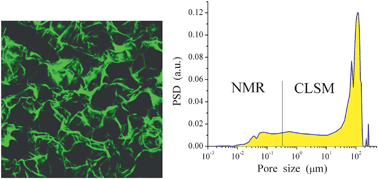The RSC currently presents around 60 prestigious Prizes and Awards annually to scientists in all the main chemical science disciplines allowing for the greatest range of scientists to be recognised for their work; individuals, teams and organisations working across the globe.
There are nine categories of awards including specific categories for Industry and Education so whether you work in business, industry, research or education recognition is open to everyone.
Our Prizes and Awards represent the dedication and outstanding achievements in the chemicals sciences and are a platform to showcase inspiring science to gain the recognition deserved.
Do you know someone who has made a significant contribution to advancing the chemical sciences?
View our full list of Prizes and Awards and use the online system to nominate yourself or colleagues.












